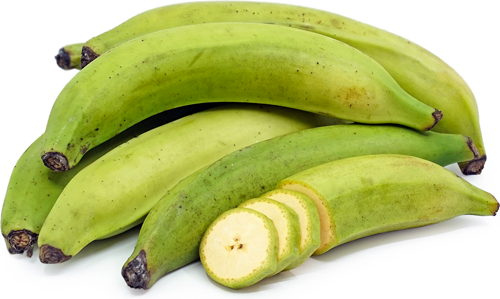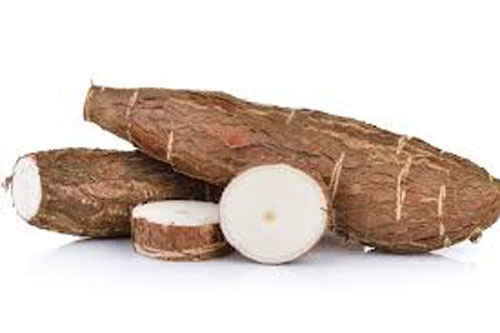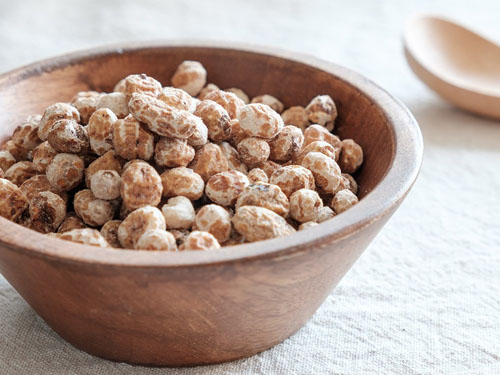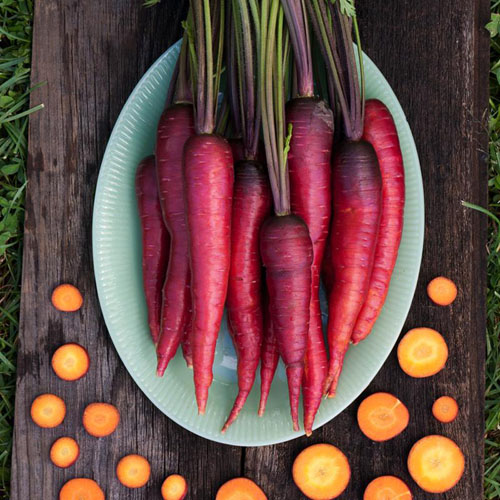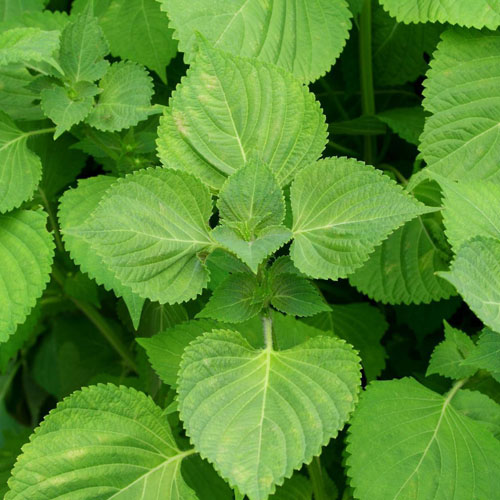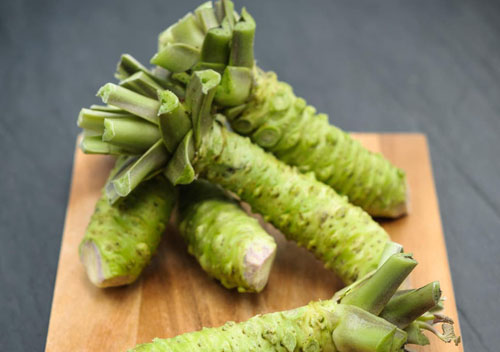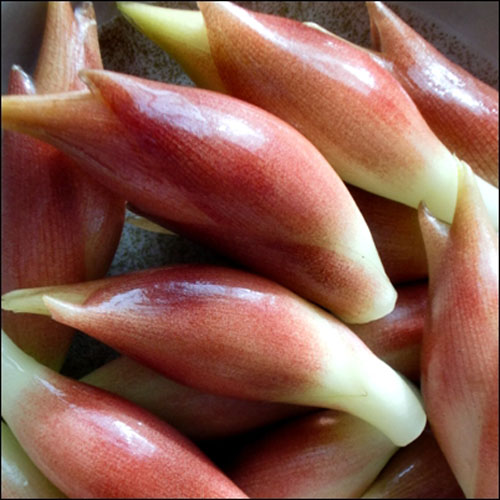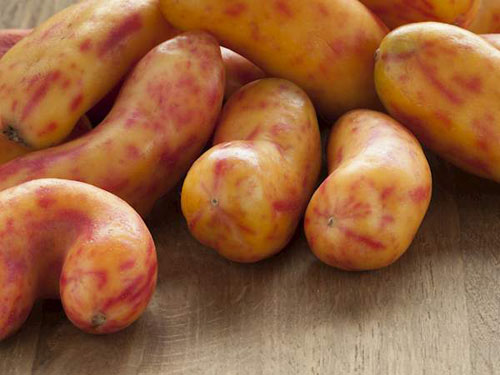List Of Vegetables
- Absinthe Interesting Facts

- Ahipa Nutritional Values

- Akudjura Various Uses

- Amaranth Health Benefits

- American Pokeweed

- Aniseed Myrtle Properties

- Aonori Summary

- Apple Mint Uses

- Arame Medicinal Uses

- Arracacha Nutritional Value

- Artichoke Nutrition Values

 Arugula Health Summary
Arugula Health Summary- Asarabacca Various Uses

- Asparagus Healthy Eating

- Avocado Nutrition Benefits

- Bamboo shoots

- Basil Nutrition Guide

- Beans Beneficial Properties

- Bean sprouts

- Beet Greens Nutrition Facts

- Beets Health Benefits

- Bishop’s weed Various Uses

- Bitter Gourd Nutritional Value

- Black Beans Benefits

- Blue Fenugreek Various Uses

- Boldo Medicinal Values

- Bok Choy Health Benefits

- Borage Greens Medicinal Purposes

- Bottle Guard Aspects

- Broccoli Health Properties

- Broccoflower Nutrition Guide

- Broccoli Raab Nutrition Values

- Broadleaf Arrowhead Health Benefits

- Brussel sprouts Nutrition Summary

- Burdock Health Benefits

- Cabbage Health Facts

- Camas Health Benefits

- Cantaloupe Nutrition Guide

- Canella Uses

- Carrots Health Properties

- Cardoon Nutritional Value

- Carola Summary

- Cassava Health Properties

- Catnip Oil Benefits

- Catsear Flower Uses

- Celeriac Nutritional Value

- Celery Health Benefits

- Chard(Swiss & red)Nutrition Values

- Chaya Nutrition Facts

- Chervil Properties

- Good King Henry

- Chickweed Health Benefits

- Chickpeas Nutrition Summary

- Chile peppers Health Benefits

- Chinese Artichoke Uses

- Chinese Broccoli Nutritional Valu

- Chinese cabbage Nutrition Values

- Chinese Mallow Aspects

- Chives Nutrition Guide

- Chrysanthemum Leaves Uses

- Cicely Unknown Benefits

- Cinnamon Myrtle Medicinal Value

- Collards Nutrition Facts

- Common Purslane Benefits

- Corn Health Values

- Corn Salad Interesting Facts

- Cress Medicinal Values

- Cucumber Health Benefits

- Culantro Leaves

- Curry Leaf Tree Origin

- Collard Greens Nutrition Facts

- Dabberlocks Interesting Facts

- Dandelion Health Benefits

- Dill Health requirements

- Drumstick Nutritional Value

- Dulse Health Benefits

- Earthnut Pea Properties

- Eggplant Nutrition Guide

- Elephant Foot yam Health Benefits

- Elephant Garlic Uses

- Endive Medicinal Properties

- Ensete Health Benefits

- Epazote Properties

- Fat Hen Interesting Facts

- Fingerroot Uses

- French Sorrel Health Facts

- Garlic Nutrition Values

- Gim seaweed Uses

- Ginger Flower Properties

- Ginger Medicinal Values

- Golden Samphire Aspects

- Greater Plantain Medicinal Uses

- Green onions Health Facts

- Green peas Nutrition Values

- Hijiki Nutritional Aspects

- Holy Basil Leaves

- Horseradish Health Benefits

- Onions Nutrition Guide

- Sea Beet Aspects

- Sea Lettuce Health Benefits

- Yam Nutritional Value

- Yarrow Medicinal Uses

- Zucchini Health Guide

- Veggies by seasons

- Veggies did you know??

- Comparison of veggies!!!

- Veggies and it's origin

- Comical View of Veggiess

- Categories of veggies

- Top Veggiess 100 To 91
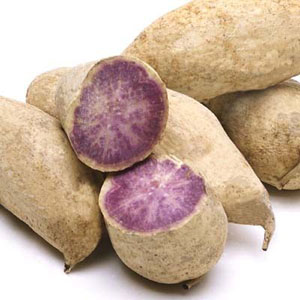
- Top Veggiess 90 To 81
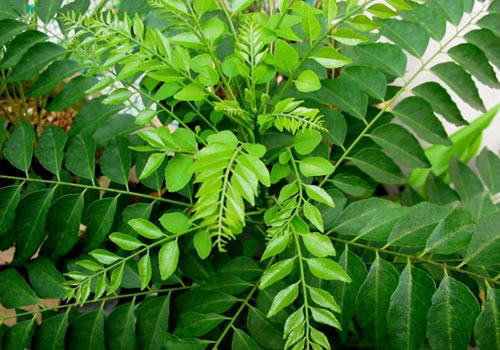
- Top Veggiess 80 To 71
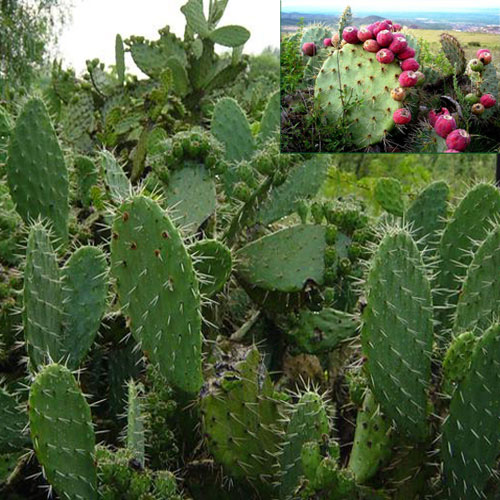
- Top Veggiess 70 To 61
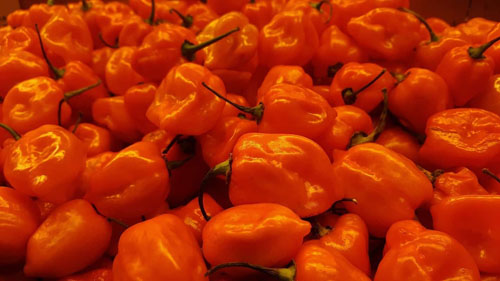
- Top Veggiess 60 To 51
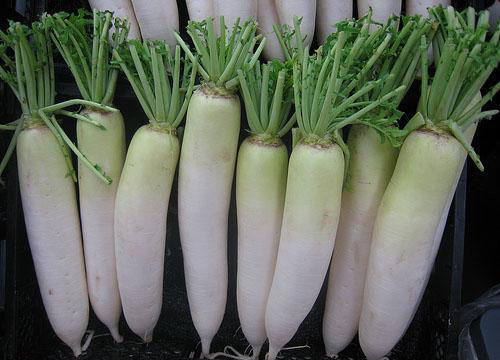
- Top Veggiess 50 To 41

- Top Veggiess 40 To 31
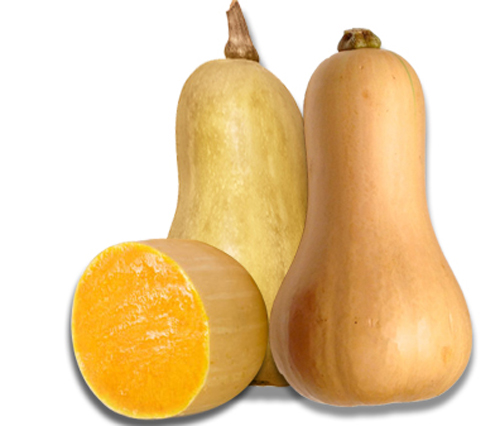
- Top Veggiess 30 To 21

- Top Veggiess 20 To 11
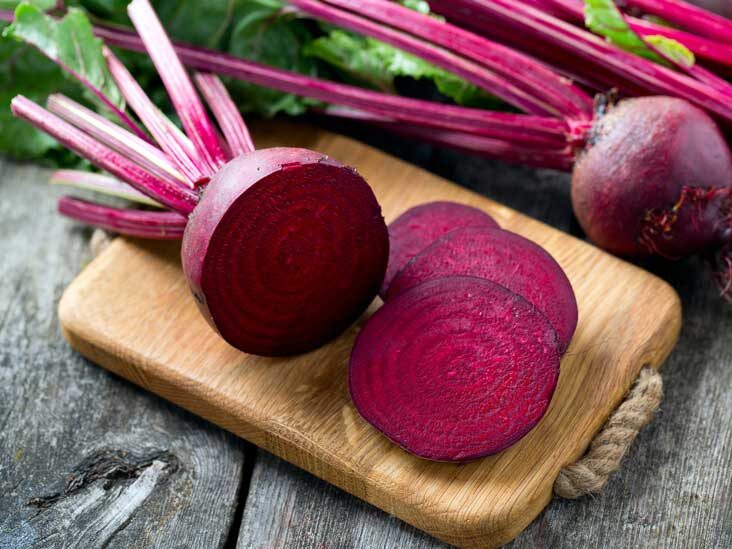
- Top Veggiess 10 To 01
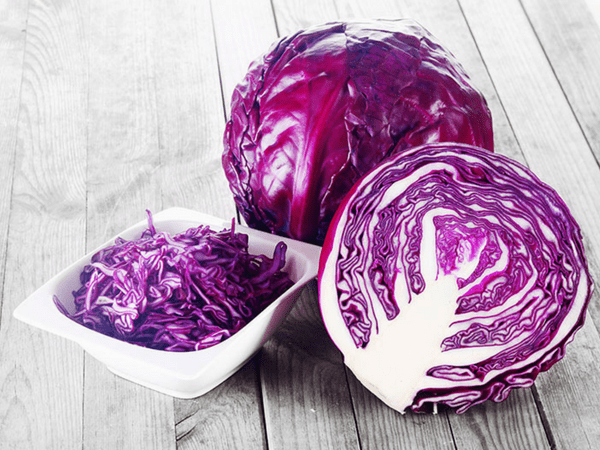
Veggie Picks
Top Veggiess 90 To 81 For Health Benefits
90. Curry leaves
Curry leaves are a versatile culinary herb that is grown mainly in India. Curry leaves are small green and slender leaves that are narrowed at one end. It is used in Indian cuisine for its aroma and strong flavor. Curry leaves provide us with vitamin A, vitamin B, minerals, amino acids and alkaloids. They are packed with antioxidants that reduce oxidative stress and reduce the risk of heart diseases. It inhibits the risk of cancer and neurodegenerative diseases. It highly promotes hair growth and is beneficial for blood sugar control. Curry leaves also possess antibacterial, ant diabetic, pain relieving and anti-inflammatoryeffects.
Every state in India calls this plant in different names and uses the aromatic leaves as a refreshing spice in their cuisines. This plant is commonly found in the outer Himalayas, from the Ravi eastwards in Assam, Chittagong, Upper and Lower Burma. It is also found in evergreen and deciduous forests of peninsular India.This plant is small shrub which reaches a height of 2.5 m. The stem which is dark green to brownish has numerous dots on it. The girth of the stem is 16 cm. The bippinately compound leaves are 30 cm long, each bearing 24 leaflets. The white flowers are funnel-shaped and have very rich fragrance. The sweetly scented flower is 1.12 cm. The inflorescence cyme has 90 flowers in it. The oblong fruits are 1.6 cm long and 1.2 cm in diameter. The number of fruits in a cluster will vary from 32 to 80. The spinach green colored seed measures 11 mm long and 8 mm in diameter. The flowering starts during April and ends during May. The peak flowering season is during the last week of April. The fruits develop during the months of July and August. The peak fruiting seasons begins during August first week.
- The pulp of the fruit contains around 65% moisture.
- The leaves can be used as a tonic and a stomachic.
- The barks and he roots are used as a stimulant and are used to cure eruptions and bites of poisonous animals.
- The green leaves when chewed will stop dysentery and also stops vomiting.
- Odiferous oil occurs in the leaves and the seeds of this useful plant.
- Investigation in the lab has proved that this oil has antibacterial and antifungal activity.
- An alkaloid named murrayacinine is also found in this plant.
- The edible portion of the seed is only around 50 percent since fruit occupies major portion.
- The seeds are fresh and sweet.
- Though it has a slightly unpleasant smell the overall quality is fair. Both adults and children show interest to consume the fruits since it has lots of nutrition and medicinal properties.
- The branches are used for cleaning teeth and are said to strengthen gums and the teeth.
- This plant can be grown as an ornamental plant since it has beautiful flowers on it.
89. Plantains
Plantains are members of the banana family but have a very different nutrient profile. Plantains are used as a vegetable rather than a fruit due to its starchy, fleshy texture with mild sweetness. It makes an excellent side dish and can be made into chips and steamed to be consumed. Plantains are a good source of potassium, vitamin C, vitamin A, vitamin B6 and magnesium. It is also packed with carbohydrates to give fullness and thus helps in weight loss. Plantains comprise fiber that helps in benefiting digestive health and promote bowel movement. Antioxidants in plantain may boost the immune system and protect against free radical damage. It also protects against chronic disease including heart disease and cancer. It is versatile like potato and can be added in your favorite dishes.
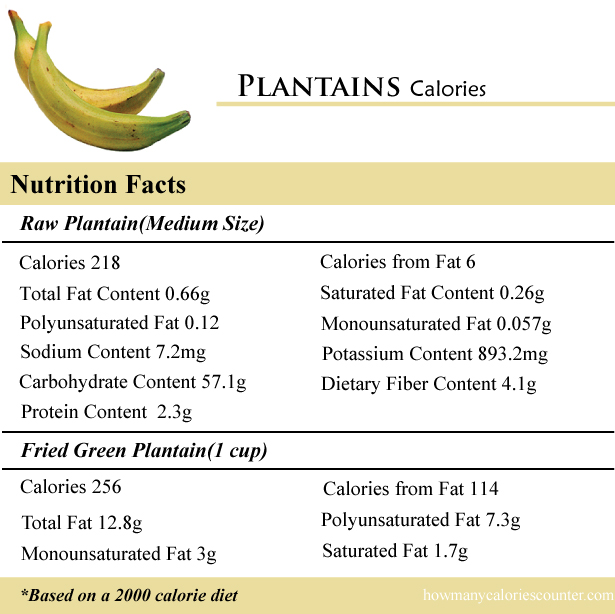
Plantain tree is a tropical tree of the genus Musa and this tree sprang up from the region between Malaysia and North Australia. Scientific name of the plant is Musa paradisiaca. It is present in tropical areas where its used as staple food for humans. You can find around 32 species and 100 subspecies in Musa family. For instance most part of the plant is consumable. It contains minerals, vitamins and anti-oxidants therefore people are healthy.
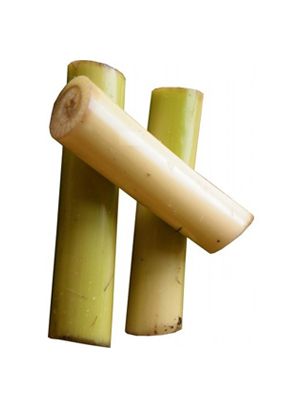 Prevents and treats kidney stones
Prevents and treats kidney stones
Firstly the plantain stem extract relaxes the urinary bladder and safeguards you against the deadening pain of staying with kidney stones. You can consume this veggie in the form of soup or gravy and have your pain lessened. Moreover provides relief from the discomfort caused by urinary tract infection. Moreover consumption of plantain stem extract regularly will dissolve the kidney stones and prevent the formation of kidney stones.
The extract of the plantain stem helps flush out the toxic substances from the body. Plantain stem has diuretic properties with it and cleanse your urinary tract from other related complaint.
Plantain stem helps in the bowel movement and meanwhile aids in digestion. It acts as a laxative and provides solution for constipation problems. It's your stomach's best friend and above all it looks after your stomach carefully.
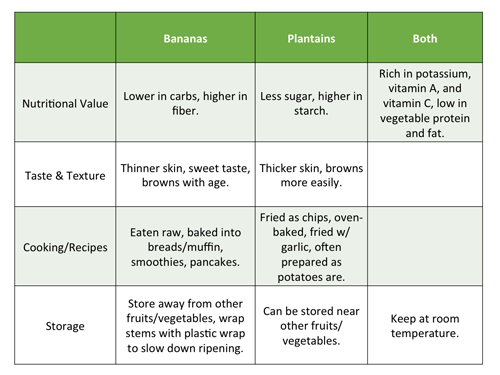
88. Manioc
Manioc, also known as cassava, is an edible root or a tuber. It has a strachy flesh and grainy texture similar to potato. It has a mild sweet and nutty flavor. People should avoid eating raw cassava as it may contain cyanide that is toxic to digest. Maniocs can be boiled, roasted and fried to add to our dishes. Maniocs are calcium, magnesium, potassium, vitamin C, thiamine, riboflavin and niacin. Resistant starch may help to reduce inflammation and reduce the risk of obesity and type 2 diabetes. Manioc helps to reduce appetite and feel full. Thus it promotes weight loss and improves gut health.
The commercial varieties which are sold in the market can be 5 to 10 cm in diameter. The farmers generally cultivate bitter varieties since it will not be attacked by pest. These plants were domesticated 10,000 years back in the country of Brazil.The major producer of cassava is Africa followed by Asia and other countries. World production of cassava root was estimated to be 184 million tons in 2002. The demand is rising multifold for this plant. This plant grows well in poor soils and with low rainfall.
- Cassava roots are very rich in starch and also contain calcium, phosphorous and vitamin c.
- This plant has got cyanide and anti-nutritional properties. So it has to be cooked well before consumption.
- The residual cyanide found in this root can cause paralysis or goiter.It come both in bitter and sweet varieties.
- It is considered as a staple food by the people of America and Columbians.
- Few alcoholic beverages made from this plant are cauim and tiquira.
- Cassava dishes are made in different ways and should be cooked well before it is served on the table.
| Nutrients | Amount Value | % DV of RDA |
|---|---|---|
| Energy | 160 Kcal | 8% |
| Carbohydrates | 38.06 g | 29% |
| Protein | 1.36 g | 2.50% |
| Total Fat | 0.28 g | 1% |
| Cholesterol | 0 mg | 0% |
| Dietary Fiber | 1.8 g | 4% |
| Vitamins | ||
| Folates | 27 µg | 7% |
| Niacin | 0.854 mg | 5% |
| Pyridoxine | 0.088 mg | 7% |
| Riboflavin | 0.048 mg | 4% |
| Thiamin | 0.087 mg | 7% |
| Vitamin A | 13 IU | <1% |
| Vitamin C | 20.6 mg | 34% |
| Vitamin E | 0.19 mg | 1% |
| Vitamin K | 1.9 µg | 1.50% |
| Electrolytes | ||
| Sodium | 14 mg | 1% |
| Potassium | 271 mg | 6% |
| Minerals | ||
| Calcium | 16 mg | 1.60% |
| Iron | 0.27 mg | 3% |
| Magnesium | 21 mg | 5% |
| Manganese | 0.383 mg | 1.50% |
| Phosphorus | 27 µg | 4% |
| Zinc | 0.34 mg | 3% |
- Treats Cancer
- Diabetes
- For Hair loss
- Infertility
- Help for Prolonged labor
- Skin infections
- loses Your weight
- cures migraines
- improves vision
- increases appetite
- cures fever and increase energy
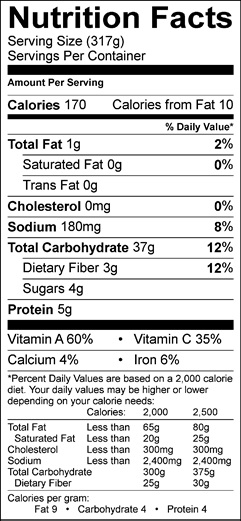
87. Tiger nuts
Tiger nut is an edible tuber with wrinkly and chewy texture. It is also known as earth almonds as it has a higher nutrition profile than any other nuts. It has abundant sources of vitamin E, iron, phosphorus, vitamin C, magnesium, zinc, potassium and calcium. It may improve digestion, reduce blood sugar level and fight against infections. It has the potential to benefit your immune system and promotes heart health. They are versatile to add in breakfast cereal, smoothies, salads and yogurt.
The mild climate is required to cultivate the plant. It can grow on any type of soils. It cannot grow in shadow and requires moist soil. The chufa plant grows from a chufa seed. To cultivate chufa plant, the seeds should be perfect (undamaged). Soak the seeds for a day. Plant the seed for 1 inch in the soil. After 1-2 weeks, the seed will germinate. After few years the plant will grow, producing large amount of chufa nuts.
The chufa nut is actually a vegetable type of tuber. Instead Of eating them whole we can prepare milky drink which is good for health. The chufa nut is used in many ayurvedic treatments. It is used to reduce skin wrinkles so they are used in cosmetic industry. It is used as fishing bait. The chufa nut have many natural benefits in it and grown without pesticides.
The chufa nut is rich in Nutrition. It contains high energy content such as sugar, starch and proteins. The chufa nut contains minerals such as potassium, magnesium, phosphorus and calcium. It contains energy compounds such as glucose and fatty acids.
- The tiger nuts are rich in fiber which helps to prevent heart diseases, obesity and diabetes.
- The chufa nuts contain Magnesium which support for nerve function and immune function in the body.
- It is rich Vitamin E which helps to prevent cancer.
- It contains potassium which helps to reduce pressure of blood in the body.
- It contains Vitamin C which acts as a Antioxidant.
- The tiger nut oil is healthy for heart, which is considered as one of the healthiest oil.
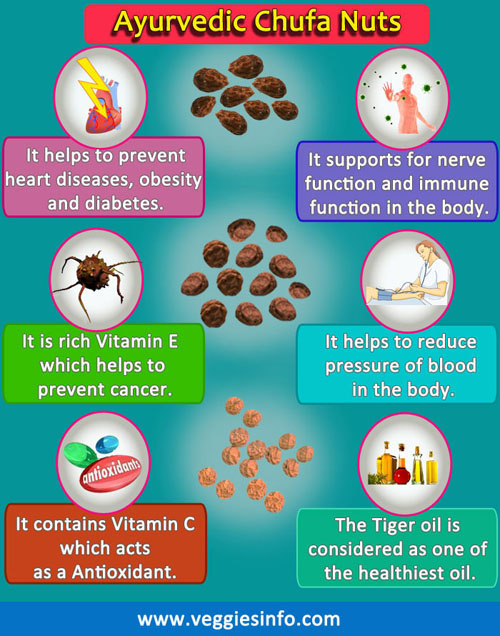
86. Dragon carrot
It is a wild carrot with vibrant purple skin and orangey core. The flesh is crunchy and dense with sweet, spicy flavor with a hint of earthy notes. It provides us with anthocyanins, lycopene, vitamin C, potassium, manganese, vitamin A and vitamin B. The powerful antioxidant in the dragon carrot helps to invite chronic disease like heart disease and cancer. It may promote weight loss. It regulates blood sugar, cholesterol and blood pressure level. It highly benefits the digestive system that helps to treat conditions like inflammatory bowel disease and chronic inflammation. It is easily incorporated in your dishes like salads, soups, stews and broths.
All carrots are low in calories and rich in dietary fiber, vitamin K, vitamin C, potassium, and manganese.
- Powerful Antioxidants
- Lower blood cholesterol
- Eye Health Protecting
- Anticancer Effects
- Promote Weight Loss
- Add to Your Diet
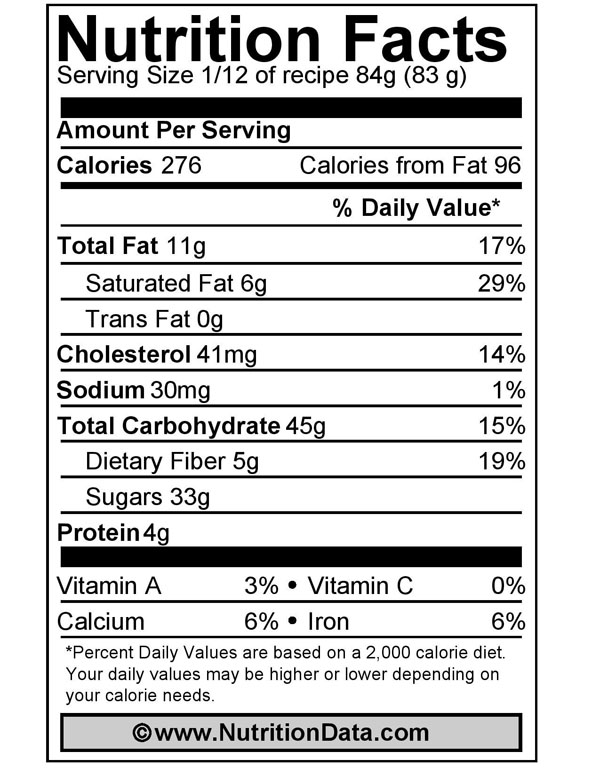
85. Perilla
Perilla is a leafy green herb that belongs to mint family. There are two types of perilla that are purple and green perilla. It has a mixed mint, acidic and nutty flavor. Perilla leaves are an excellent source of vitamin C, minerals, carbohydrate and fiber. It lowers cholesterol level and reduce the risk of heart disease and cancer. It helps to treat breathing issues and benefits our bone and teeth cells. It serves as remedy for skin infections, allergies and reduce stomach discomfort. The amy are rich in omega-3 fatty acids to to promote healthy skin.
- It was previously known as beefsteak plant and found lavishly in Japan.
- It is a perennial plant that may be cultivated as annual plant in temperate climates.
- This mint plant occurs in both red and green forms. There is one variety of shiso named katamin-jiso which has ruffled leaves.
- The name shiso originated from the Chinese word zisu which means purple.
- During ancient times purple-red leaf variety was famous, but these days green leaf variety is very famous. The Japanese refer the purple-red type as a akajiso.
- The red shiso is used for coloring the pickled plum or umeboshi.
- The shiso leaf turns bright red when it reacts with the umezu, the vinegary brine that wells up from the plums after being pickled in their vats.
- Germinated sprout which is called me-jiso in Japan is used for years as garnish to Japanese dish named sashimi. The flower clusters are also used in culinary items.
- Packaged green shiso leaves are found in many supermarkets in Japan and other food markets of Japan.
During 1961, guild of tsuma commodities harvested large green leaves and shipped them to the Osaka market and from then onward it became very famous in Japan. This plant was marketed as oba leaf in many cooperative socieities of Japan during 1955 to 1970.

- Green shisho is used as a receptacle to hold wasabi or garnish and ken sliced into fine threads.
- The green leaf can be cut into pieces and used in Japanese cuisines such as noodles and as an assortment of other cold dishes like cold noodles, cold tofu and tataki.
- Whole leaves are mixed with shrimp and other fried items.
- Red leaves are used for making pickled plum and to color pickled eggplant.
- The seed pods or berries are also salted and preserved as a spice.
- The shiso oil was used during 1960 for deep-frying purposes.
- There are many types of commercial varieties and furikake variety is sprinkled on rice or mixed into musubi dish.
- It is also sprinkled in pasta.
- Shiso pasta which is famous in Japan is made from chopped leaves of shiso.
- Aichi Perfecture of Japan produces around 4000 tons of shiso and is the number one producer of shiso.
84. Fiddlehead
The young fern of furled fronds is said to be fiddle heads. The tightly coiled tips of ferns are used as vegetable. It has a mixed grassy and nutty flavor. It is a low calorie, no fat vegetable that is good source of vitamin C, potassium, copper vitamin B3, vitamin A and niacin. It helps to treat chronic disease like cancer and reduce the risk if visionary problem. It also benefits our bone health and possesses anti-inflammatory effects. Fiddleheads promote healthy digestion, reduce cholesterol level and treat anemia. It is incorporated with lemon and butter or added in egg and sauce to enjoy their flavor.
- This plant is found abundantly in in temperate regions of the Northern Hemisphere in central and northern Europe, northern Asia, and northern North America.
- The origin of this plant is Northeastern North America.
- This plant grows well in Temperate regions.
- It resembles the curled ornament Which is at the end of string instrument like violin.
| Nutrients | Nutrition Value |
|---|---|
| Protein | 4.55 g |
| Total Fat | 0.40 g |
| Carbohydrate | 5.54 g |
| Calories | 34 g |
| Minerals | |
| Copper, Cu | 35.56 mg |
| Potasium, K | 370 mg |
| Manganese, Mn | 22.7 mg |
| Sodium, Na | 1 mg |
| Vitamins | |
| Vitamin B3 | 31.3 mg |
| Vitamin C | 29.56 mg |
| Vitamin A | 25.86 mg |
- It helps in loss of weight.
- It helps the individuals to fight the infections.
- Maintains blood pressure level.
- It helps in increasing the Red blood cells.
83. Wasabi
Wasabi is a cruciferous vegetable that grows long like a radish. Wasabi has a flaky brownish exterior and greenish flesh with sharo, pungent flavor. It Is a good source of vitamin B6, calcium, magnesium, potassium and manganese. It also contains dietary fiber and vitamins C. Extract from wasabi have antibacterial effects and is used to treat foodborne illness. It has anti-inflammatory and anti-cancer effect to benefit our health. It improves our bone health and helps in managing weight. Wasabi is used as salad dressing, added in soups, vegetables, meat and sushi to enjoy their flavor.
- Antiparasitic
- Control Cholesterol
- Treat Colds and Allergies
- Hypertension
- Healthy Digestive System
- Prevents Cavities
- Reduce Cancer Risk
- Improve Circulatory System
- Treat Respiratory Disorders
- Prevents Food Poisoning
- Keeps You Young
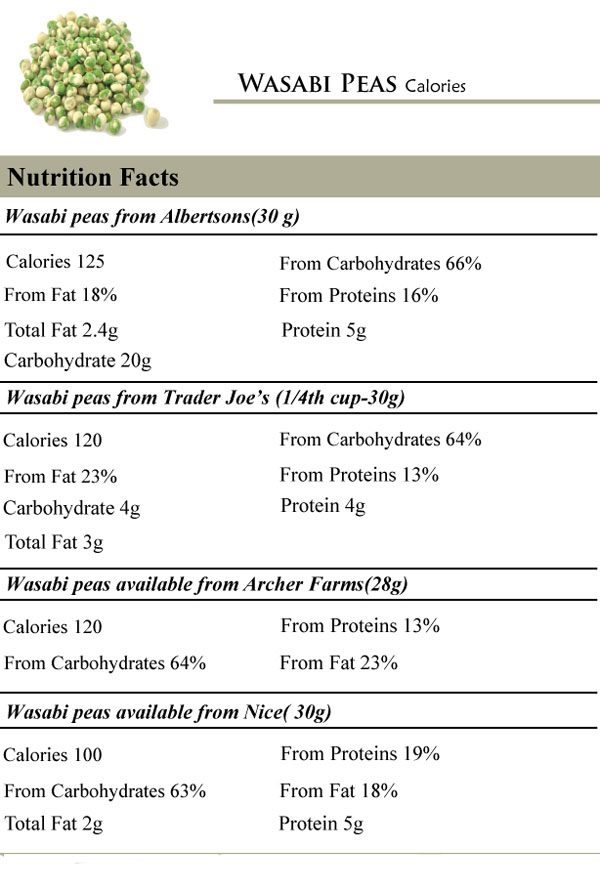
82. Myoga
Myoga or Japanese ginger is a young flower bud that is commonly grown Asian countries for its edible flowers. It has a unique flavor with a mixed flavor of ginger and tang. Myogais added in rice, soup, noodles and somen. It is a good source of manganese, vitamin K, potassium, folate, copper and vitamin C. It boosts your appetite and your immune system. The high manganese content helps in improving bone health and reduces the risk of certain diseases including heart disease. It reduces the cholesterol level and regulates blood sugar.
- Gynecologic Diseases and Disorders
- Cold, Flu, Fever and Coughing
- Eye Health
- Bleeding Stopping
- Skin Health

81. Ulluco
Ulluco is a tuberous root vegetable and has the resemblance of potato. It is a small vegetable that grows in varied colors like orange, yellow, red, purple, green and white. It has a firm and crunchy bulb and tastes like a combination of beetroot and potato. They can be eaten raw or cooked, but commonly cooked and eaten in stews, curries and soups. Ulluco is a good source of carbohydrate, fat and fiber. It gives fullness when eaten and maintains healthy weight. The rich fiber content in ulluco helps in the digestion process. It benefits your heart health and improves your immune system.
- As they are rich in fiber, it will provide you satisfaction and helps in digestion process.
- Vitamin content will give you more immune power and lose your weight.
- It helps you live hale and hearty.
Add tuber foods to your meals, obtain the incredible benefits it pay you back and accomplish your health goals!
Ulluco is high in carbohydrates and rich dietary fiber that comes with low fat levels. The larger amount of fiber less the risk of diabetes. They can be eaten either raw or cooked. You can have the diet in the raw form by adding it in vegetable salads. A notable advantage of this vegetable is that, it can be consumed at all the stages of its growth. The leaves of ulluco have high nutritional value and can be stored for future use.

